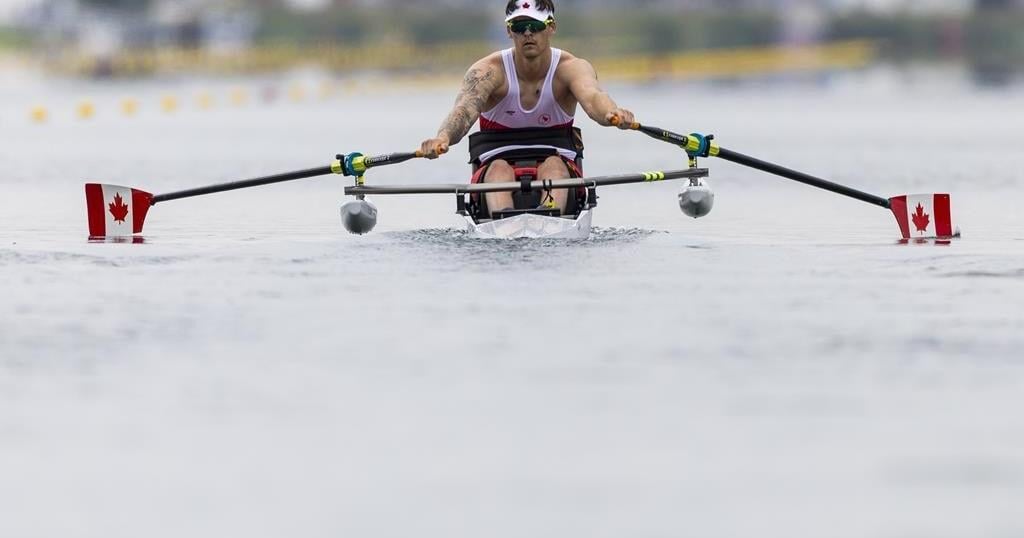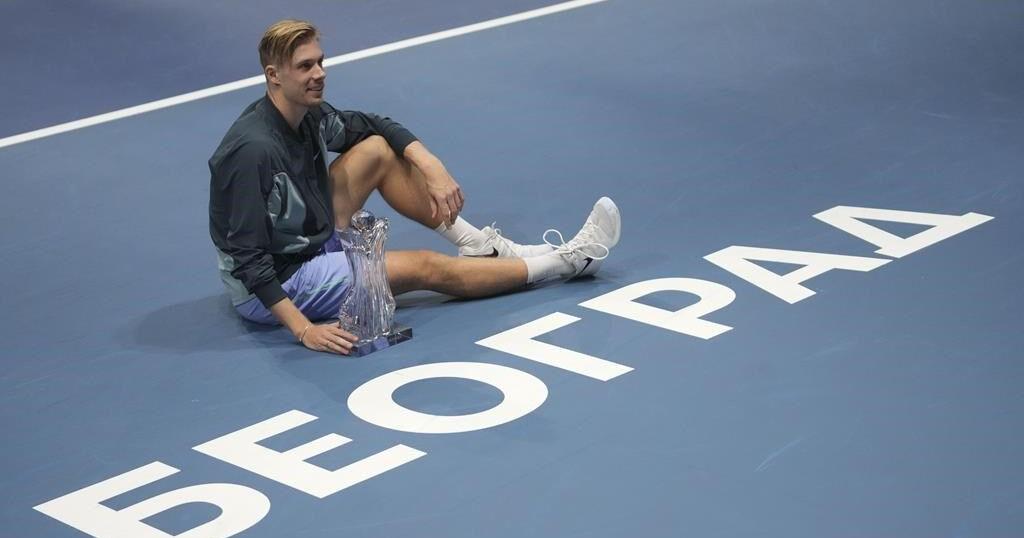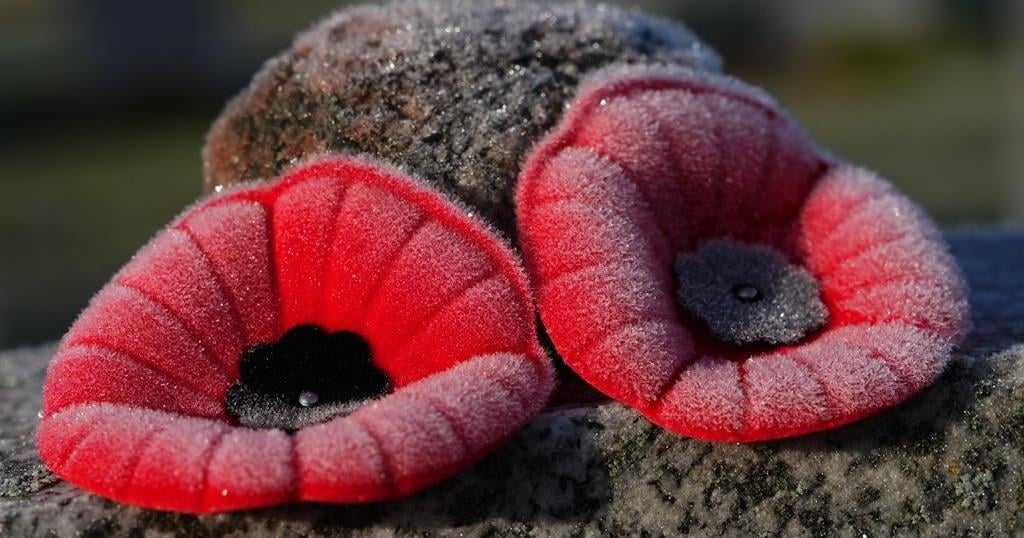PARIS – The Paralympic learning curve was steep, but worth it for Jacob Wassermann.
Less than two years after taking up the sport of para rowing and six years after he survived a bus crash that killed members of his Humboldt Broncos junior hockey team, Wassermann raced the men’s singles B final Sunday in Paris.
The 24-year-old from Humboldt, Sask., was the youngest competitor in the field. In his third race in three days, Wassermann finished 10th overall in the 2,000-metre distance at Vaires-sur-Marne Nautical Stadium east of Paris.
“I’m still learning so much. I’m so new in this sport,” Wassermann said. “Some things go wrong here and there. Start wasn’t the cleanest. I had to recover from that. There’s still things I’m learning how to do.
“It was a good experience to have that. Didn’t go the best. You go on to race another day.”
Wassermann was paralyzed from the waist down in the bus crash that killed 16 members of the Saskatchewan Junior Hockey League’s Broncos near Tisdale, Sask., on April 6, 2018.
The goaltender tried adaptive water skiing and para hockey before giving para rowing a try at the Saskatoon Rowing Club.
He became a Paralympian sooner than he expected. Los Angeles in 2028 felt a more realistic goal to him.
But Wassermann took advantage of his early debut to observe how his more experienced competitors operated in Paris.
“I’m the youngest in the field with the least amount of experience by a long shot,” Wassermann said. “Seeing how these guys prep race day and even leading up to race day, it’s a whole new world. It’s much different than what I knew and what I even expected coming in.
“These guys are real professionals and they know how to do it the right way. I’ve had conversations with a few of them and they’ve taught me a lot. It’s just the mindset coming in and how to be best prepped on the water and when things don’t go perfectly according to plan, how do you adjust?”
In the PR1 single category for spinal cord injuries, athletes row primarily with their arms and shoulders and have no or limited trunk movement.
In his first season of international racing, Wassermann’s silver medal at a continental regatta in Rio de Janeiro in March qualified a boat for Paris, which he filled. He was Canada’s lone para rower in Paris.
“This has been extremely challenging, getting ready for a Games in the span of six months from when I qualified to now,” Wassermann said.
“It came at me in a short amount of time. There was that to deal with, but at the same time coming here with basically no expectations other than getting the experience going forward because now I know what to expect.”
It’s one thing to know how fast the best rowers in the world go, and it’s another to be on the water racing head to head with them, said his coach John Wetzstein.
“L.A. was rightly the target for Jacob. He’s a young guy and he’s young to the sport and there’s a lot to learn and a lot of growth to happen,” Wetzstein said.
“Able-bodied rowers have a myriad of opportunities to gain racing experience that’s relevant for their development. That’s not as true for para athletes. There’s fewer racing opportunities. There’s fewer regattas that have para events.
“The Paris Paralympics, he was in the deep end of the pool.”
Generating more power with a longer stroke and sharper technique are among Wassermann’s assignments as he looks to L.A.
“He knows how to work hard. He’s not afraid to work hard,” Wetzstein said. “He’s starting to show in training that he can touch the speeds that we need to hit.
“With experience, training and time, we get closer and closer to sustaining those speeds over the 2k.”
Wassermann’s parents, Kirby and Mara, brother Daniel and his wife Madison were among his supporters in Paris.
He’s two years into an education degree at the University of Saskatchewan. Classes start Wednesday, but Wassermann intends to take in more of his first Paralympic Games for a few days before his return to Canada.
“It has been a rewarding experience for sure,” he said.
Rowing made its Paralympic debut in 2008 in Beijing. Canada won a bronze medal in the mixed coxed four in 2016.
This report by The Canadian Press was first published Sept. 1, 2024.

























